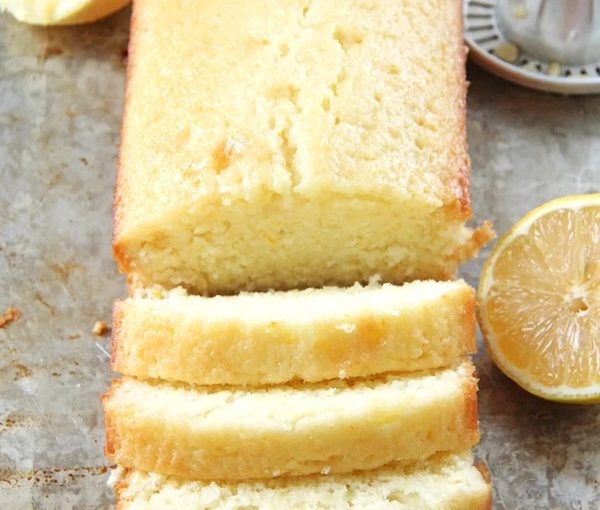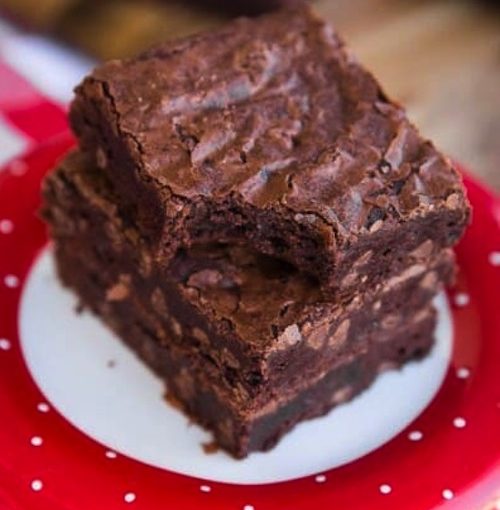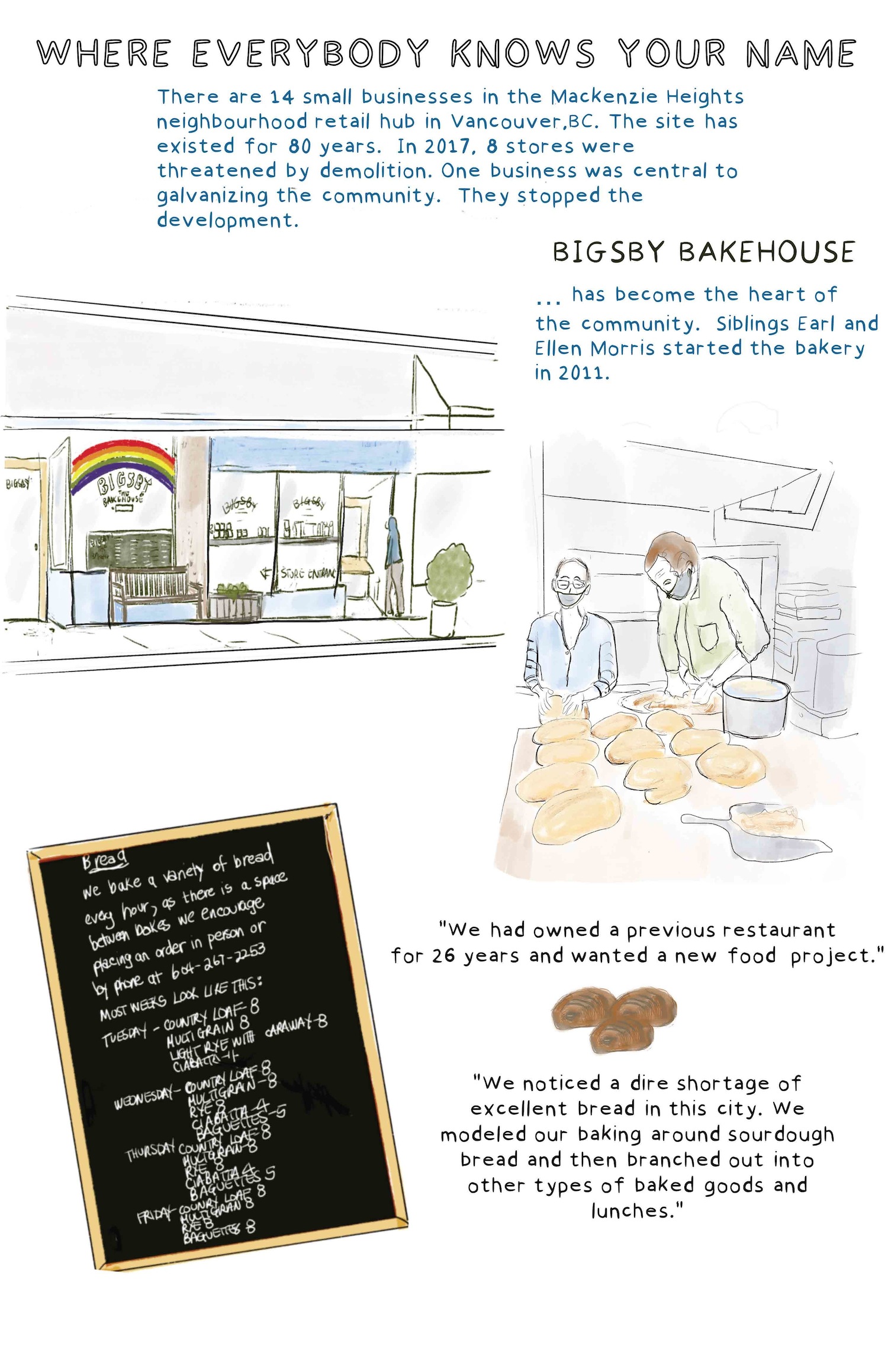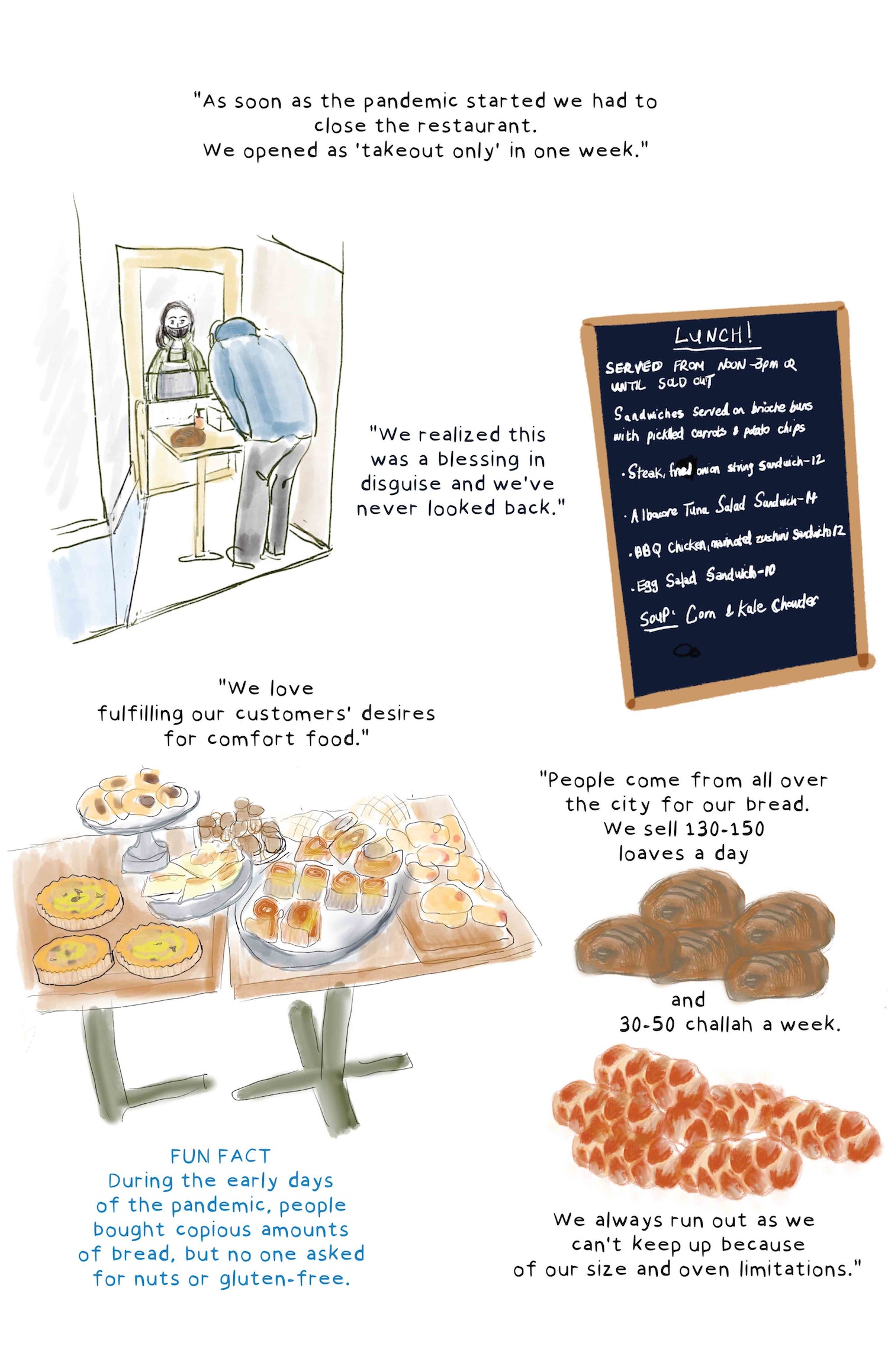Chef and dietitian Micah Siva’s new cookbook, NOSH: Plant-Forward Recipes Celebrating Modern Jewish Cuisine, proves that plant-forward meals can be bursting with flavour and colour. (photo by Hannah Lozano)
“This is really good,” said my wife, as she tasted the steaming hot Spiced Cauliflower Chraime I had made from the new cookbook NOSH: Plant-Forward Recipes Celebrating Modern Jewish Cuisine (The Collective Book Studio) by chef and dietitian Micah Siva.
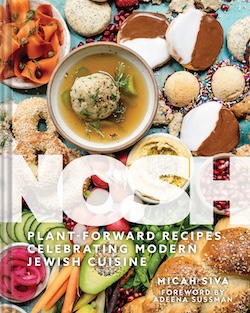 “‘Plant forward’ is a way of cooking and eating that emphasizes plant-based foods without limiting one’s diet to being vegetarian or vegan,” writes Siva. “This book is meant for anyone who follows a plant-based diet or is looking to adopt a plant-forward way of eating.”
“‘Plant forward’ is a way of cooking and eating that emphasizes plant-based foods without limiting one’s diet to being vegetarian or vegan,” writes Siva. “This book is meant for anyone who follows a plant-based diet or is looking to adopt a plant-forward way of eating.”
It’s also for anyone who appreciates delicious food, from what I can tell from the plates I tried. Nonetheless, Siva does offer solid advice for meat-eaters wanting to become more plant-forward. In that regard, she talks about getting enough protein and iron, what can be substituted for eggs, etc.
On the Jewish side, she gives milk and butter substitutions to make a recipe pareve (permissible for observant Jews to eat with milk or meat dishes) and offers sample holiday menus. I found the Shabbat Matrix interesting – the cooking time required (little, more and lots) is on one axis and the effort involved (low and high) is on the other. Siva offers some ideas to think about
depending on the time and effort you can put into the meal. So, you can buy store-bought challah or make your own, make spritzers or just buy a bottle of wine and/or grape juice, for example.
Given that Passover is approaching, I focused on a few of the recipes Siva highlights for the holiday. Her list comprises Turmeric Vegetable Matzo Ball Soup, Vegan “Gefilte” Cakes, the aforementioned Spiced Cauliflower Chraime, Herbed Horseradish Salad, Cast-Iron Potato and Caramelized Onion Kugel, Passover Black and White Cookies and Passover Coconut Macaroons. In addition to the chraime, I made the kugel and the macaroons. For fun, and because I have a huge bag of sumac from another cooking experience, I also made two Olive and Sumac Martinis – though neither my wife nor I are hard-liquor folks, we enjoyed our sips.
The production quality of this cookbook is high. The layouts are beautiful, with lots of colour photos and easy-to-follow instructions, which are supplemented by dietary labels (ex. vegan, gluten-free, Passover-friendly), the time required to get the food or drink on the table and clearly listed ingredients, as well as a brief introduction to each recipe and notes about certain ingredients that may be new to some cooks, or variations that could be used, possible substitutions.
NOSH includes a glossary and I learned a lot perusing it. Amba, for instance, is a “tangy, spicy, pickled mango-based condiment or sauce of Indian-Jewish origin” and toum is a “garlic sauce, similar to aioli, made of garlic, oil, salt, and lemon juice.” Siva gives some hints about measuring, choosing ingredients and shopping efficiently. There is an index at the back of the book, plus conversion charts for liquid and dry measures, and a Fahrenheit-Celsius temperature table. Acknowledgements and a bit about the author round out the publication.
In the few recipes I tried – and Passover-friendly ones at that – the expansive flavour palette on offer was evident. I look forward to making some of the 80+ other recipes in this cookbook, which illustrates the global diversity of Jewish culture. Siva may have grown up in Calgary, but her repertoire travels well beyond, to the Middle East, India, Africa, Europe and elsewhere Jews live or have lived. Her blog, at noshwithmicah.com, is worth checking out.
The cauliflower chraime was packed with spices – all of which I miraculously had in my cupboard! – and I will definitely make this dish again, as it was not only tasty but also easy to put together. According to Siva, it “is typically made with a whitefish poached in a tomato broth” and is often served in Sephardi families instead of gefilte fish during Passover. The recipe suggests serving it with couscous or rice, neither of which observant Ashkenazi Jews can eat during the holiday, so I plated it with mashed potatoes, which are OK for all Jews on Passover, and the two paired well.
It is worth sharing Siva’s note in the cookbook, acknowledging that the recipes “that are ‘Passover Friendly’ will have kitniyot,” even though “Ashkenazi Jews typically prohibit kitniyot, which includes rice, corn, millet, and legumes (beans), as they look too similar to grains. While customarily left out of Passover menus, it is not technically prohibited by the Torah.” So, “[i]f a recipe is listed as suitable for Passover, please use your discretion, and do what feels more comfortable for you and your family.”
In the recipes that follow, all of which I recommend, I don’t include (for space reasons) the informative introductions that appear in the book. I made only one adaptation, choosing not to dip the coconut macaroons into chocolate, my personal preference being to just enjoy the richness of the coconut, brightened by the splash of lime juice and zest.
SPICED CAULIFLOWER CHRAIME
(serves 4, on the table in one hour)

2 tbsp extra-virgin olive oil
1/2 medium white onion, cut into 1/2-inch pieces
3 garlic cloves, finely chopped
3 tbsp tomato paste
4 tsp smoked paprika
2 tsp ground turmeric
1 tsp ground coriander
1 tsp ground cumin
1 tsp ground ginger
1/4 tsp ground cinnamon
1/2 tsp red chili flakes
1/4 tsp sea salt
juice of 1 lemon (about 2 tbsp)
1/2 cup canned diced tomatoes
1 1/4 cups vegetable broth (low-sodium, if preferred)
1/2 cup golden raisins
1 small head cauliflower, cut into 6 wedges (if using a large cauliflower, cut into 8 wedges)
2 tsp date syrup or maple syrup
1/2 cup chopped fresh cilantro, for serving
Cooked couscous or rice, for serving (I used mashed potatoes)
Heat the olive oil in a deep skillet over medium heat. Add the onion and cook until it begins to soften, 5 to 6 minutes.
Add the garlic, tomato paste, smoked paprika, turmeric, coriander, cumin, ginger, cinnamon, chili flakes, and salt, stir until combined, and cook for 2 to 3 minutes. Pour in the lemon juice, canned tomatoes, broth and raisins and stir to combine.
Place the cauliflower in the pan, cut side down in a single layer. Bring the liquid to a boil, decrease the heat to a simmer, cover and cook until the cauliflower is tender, 15 to 20 minutes.
Drizzle with the date syrup and garnish with the cilantro. serve with cooked couscous or rice.
Note: Store in an airtight container in the fridge for up to 5 days. Reheat in a pan, oven, or microwave until warmed through.
Variations: Substitute chopped dried apricots or figs instead of raisins. Looking for more protein? Add a can of drained and rinsed chickpeas along with the canned tomatoes and/or crumble some feta cheese on top.
CAST-IRON POTATO AND CARAMELIZED ONION KUGEL
(serves 10 to 12, on the table in 2 hours)

5 tbsp extra-virgin olive oil, divided
2 medium yellow onions, cut into 1/2-inch pieces
1 1/2 tsp salt, divided
2 pounds (3 or 4) russet potatoes
4 large eggs
1/2 tsp black pepper
1/4 cup matzah meal
sour cream, coconut yogurt, crème fraîche or labneh, for serving (optional)
fresh chives, chopped, for serving
In a 9-inch cast-iron pan, heat 2 tablespoons of the olive oil over medium heat until the oil is hot but not smoking. Add the chopped onions, spreading them evenly over the bottom of the pan. Decrease the heat to medium-low and let cook, undisturbed, for approximately 10 minutes.
Sprinkle the onions with 1/2 teaspoon of the salt and cook, stirring occasionally, until browned and broken down, 30 to 45 minutes. Once golden and caramelized, transfer the onions to a large bowl.
Preheat the oven to 350°F.
Add the remaining 3 tablespoons of olive oil to the cast-iron pan and place it in the oven to heat up while you prepare the potatoes.
Fill a large bowl with ice water.
Using a food processor fitted with the shredding disk, or a box grater on the largest hole, grate the potatoes. The potatoes will oxidize, so be sure to shred right before use.
Add the potatoes to the bowl of ice water. Let sit for 10 minutes to remove excess starch.
Drain the potatoes, transfer them to a clean kitchen towel, and wring out any excess liquid. The more liquid you can remove, the better! Add the potatoes to the bowl with the caramelized onions.
Add the remaining 1 teaspoon of salt, eggs, pepper and matzah meal and stir to combine.
Carefully remove the cast-iron pan from the oven and spread the potato mixture in the pan, pushing it down to compact the potatoes. It should sizzle on contact with the pan. Return the pan to the oven and bake for 1 hour, or until deep golden brown on top.
Serve with sour cream and chopped chives.
Note: Prepare this kugel up to 4 days in advance and store in an airtight container in the fridge.
Variation: Add 1/2 cup chopped parsley to the kugel along with the matzah meal.
Substitution: This recipe uses russet potatoes, but you can use Idaho potatoes instead.
PASSOVER COCONUT MACAROONS
(makes 12 [large] macaroons, on the table in 45 minutes, including 10 minutes resting time)
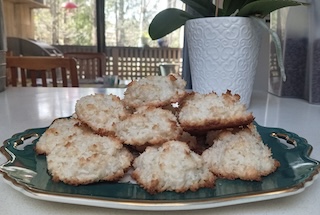
2 cups unsweetened shredded coconut
1/2 cup sugar
1/3 cup potato starch
1/2 cup canned full-fat coconut milk
1 tbsp lime juice
1/2 tsp lime zest
1/4 tsp sea salt
6 ounces (about 1 cup) dark chocolate chips
1 tbsp coconut oil
Preheat the oven to 325°F. Line a sheet pan with parchment paper.
In a medium bowl, combine the coconut, sugar, potato starch, coconut milk, lime juice, lime zest and salt until well combined.
Using a cookie scoop or ice cream scoop (large enough to fit approximately 2 tablespoons), scoop up some of the coconut mixture and pack it very firmly into the scoop. Use your fingers or the back of a spoon to press it into the scoop. Gently remove the coconut mound from the scoop and place it onto the prepared sheet pan. Tap the back of the cookie scoop to release it, if needed, and reform the mounds after placing them on the pan. Repeat with the remaining coconut mixture.
Bake for 22 to 25 minutes, or until golden. Let cool on the sheet pan. Once cool, remove them from the pan and place them on a plate. Line the sheet pan with wax paper.
While the macaroons are cooling, combine the chocolate chips and coconut oil in a microwave-safe bowl and microwave in 30-second increments, mixing well between each increment, until smooth.
Once the macaroons are cooled, dip the bottoms into the melted chocolate and place them on the prepared sheet pan. Refrigerate the macaroons until the chocolate is set, about 10 minutes.
Note: Once the chocolate has set, store the macaroons in an airtight container at room temperature for up to 5 days or in the refrigerator for up to 2 weeks. Store them in the freezer for up to 3 months.
Variation: Add 1 teaspoon of vanilla extract or 1/4 teaspoon of almond extract to the mixture in place of the lime zest and lime juice. Fold in 2 tablespoons of rainbow sprinkles and dip them into melted white chocolate.
OLIVE AND SUMAC MARTINI
(serves 1, on the table in 10 minutes)
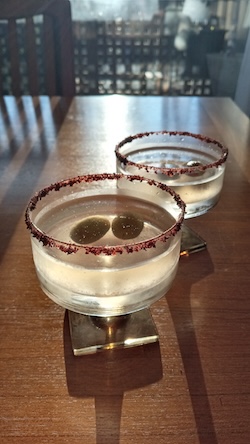
1/2 ounce olive juice, plus more to rim the glass
1/2 tsp sumac, plus more to rim the glass
2 1/2 ounces gin or vodka
1/2 ounce dry vermouth
ice
2 or 3 olives, pitted
Pour a little olive juice into a shallow dish. Place some sumac in another shallow dish. Dip the rim of a cocktail glass into the olive juice and then into the sumac. Gently shake off any excess sumac and set aside.
In a cocktail shaker or a jar with a lid, combine the gin, vermouth, 1/2 ounce olive juice and 1/2 teaspoon sumac and fill with ice. Stir or seal and shake until well chilled, 20 to 30 seconds. Strain the liquid into the rimmed cocktail glass and garnish with olives.


